Slow Moving Vehicle (SMV) Emblem Makes Significant Contributions To Agricultural And Highway Safety Worldwide. 1961- 63 Developed By Kenneth A. Harkness, Department Of Agricultural Engineering On The Ohio State University Campus. 1964 Became An ASAE Standard 1968 Specified In National Uniform Vehicle Code 1971 First Asabe Standard Ratified By American National Standards Institute (ANSI). Became Occupation Safety And Health Act (OSHA) Regulation. Ohio Farm And Home Safety Committee Provided Leadership
In Achieving Acceptance Dedicated 1992
1963

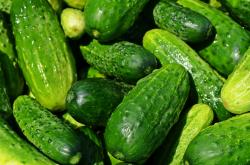
The concept of once-over mechanical, as opposed to multiple-pick hand or experimental multiple-pick machine harvesting, represented a major break-through in the practice of producing vine fruit such as pickling cucumbers. In the 1950s the cost of hand harvesting was as high as 50% of the production cost. Once-over mechanical harvesting, coupled with increasing plant population, reduced this cost to 25% thereby making production economically viable.
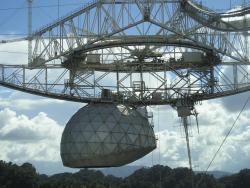
A drive system that keeps the antenna pointed with millimeter precision regardless of factors such as environmental change
The Arecibo Observatory has the largest radio telescope ever constructed. Maintaining the greatest electromagnetic wave gathering capacity of any telescope, it has been an essential tool in modern astronomy, ionosphere and planetary studies.
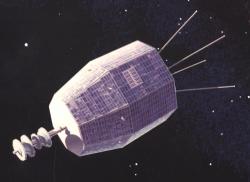
On 23 November 1963, this site received the first transpacific transmission of a TV signal from Mojave earth station in California, U.S.A., via the Relay 1 communications satellite. The Ibaraki earth station used a 20m Cassegrain antenna, the first use of this type of antenna for commercial telecommunications. This event demonstrated the capability and impact of satellite communications and helped open a new era of intercontinental live TV programming relayed via satellite.
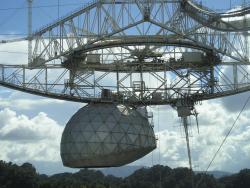
The Arecibo Observatory has the largest radio telescope ever constructed. Maintaining the greatest electromagnetic wave gathering capacity of any telescope, it has been an essential tool in modern astronomy, ionosphere and planetary studies. Several feats of mechanical engineering went into the construction of this observatory, most notable of which is a drive system which allows all active parts of the antenna to be kept focused with millimeter precision regardless of environmental factors—such as thermal expansion.
Innovations
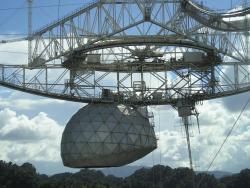
The Arecibo Observatory has the largest radio telescope ever constructed. Maintaining the greatest electromagnetic wave gathering capacity of any telescope, it has been an essential tool in modern astronomy, ionosphere and planetary studies. Several feats of mechanical engineering went into the…
Read More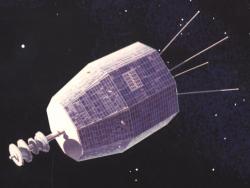
On 23 November 1963, this site received the first transpacific transmission of a TV signal from Mojave earth station in California, U.S.A., via the Relay 1 communications satellite. The Ibaraki earth station used a 20m Cassegrain antenna, the first use of this type of antenna for commercial…
Read More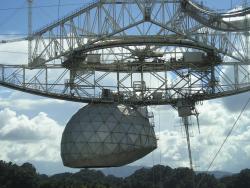
A drive system that keeps the antenna pointed with millimeter precision regardless of factors such as environmental change
The Arecibo…
Read More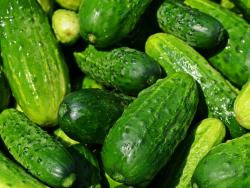
The concept of once-over mechanical, as opposed to multiple-pick hand or experimental multiple-pick machine harvesting, represented a major break-through in the practice of producing vine fruit such as pickling cucumbers. In the 1950s the cost of hand harvesting was as high as 50% of the…
Read More
Slow Moving Vehicle (SMV) Emblem Makes Significant Contributions To Agricultural And Highway Safety Worldwide. 1961- 63 Developed By Kenneth A. Harkness, Department Of Agricultural Engineering On The Ohio State University Campus. 1964 Became An ASAE Standard 1968 Specified In National…
Read More

